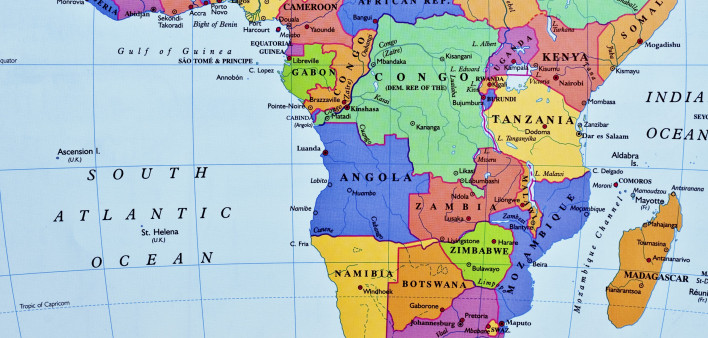The most cost-effective methods of preventing HIV transmission in sub-Saharan Africa include the use of antiretrovirals (ARVs) to prevent mother-to-child transmission (MTCT) as well as the provision of voluntary medical male circumcision (VMMC) to males. That’s according to a systematic review of 60 papers published in EClinical Medicine.
Providing HIV-positive mothers with ARV treatment during pregnancy, conception and breast-feeding and also providing prophylactic ARVs for their newborns is highly effective at preventing MTCT. VMMC directly reduces the risk of female-to-male transmission of HIV by about 60%. Recent research has found that VMMC is also associated with a reduction in new infections among females.
The authors of the new review paper searched for published peer-reviewed articles that reported cost and outcome measures or analyzed the cost effectiveness of an HIV prevention method implemented in sub-Saharan Africa. Such interventions could include VMMC, the prevention of MTCT, the use of HIV treatment as prevention (maintaining a fully suppressed viral load through the use of ARVs eliminates the risk of transmission), pre-exposure prophylaxis (PrEP), behavioral interventions, vaccinations and microbicides.
The financial findings were converted into 2018 U.S. dollars.
The researchers looked at the number of HIV infections averted thanks to any particular intervention. If available, they also analyzed data about the number of quality-adjusted life-years (QALYs) or disability-adjusted life-years (DALYs) associated with an intervention. A QALY is a composite measure of life expectancy and quality of life gained, and a DALY is its opposite: a composite measure of life expectancy and quality of life lost.
The most cost-effective interventions included a microbicide intervention in South Africa, which cost negative $8,356 per HIV infection averted; a prevention of MTCT intervention in Malawi, which cost negative $312 per HIV infection averted; and a VMMC intervention in Uganda that cost $470 per HIV infection averted.
Across all the studies, the median cost per HIV infection averted for each type of intervention was: $2,967 for VMMC (which also cost negative $388 per DALY averted); $13,267 for PrEP ($799 per QALY gained); $7,903 for treatment as prevention ($890 per DALY averted); $1,421 for the prevention of MTCT ($191 per DALY averted); $1,143 for other biomedical interventions, including microbicides, vaccination, praziquantel treatment (anti-worm medication), combination prevention and condom distribution ($392 per DALY averted); and $3,575 for structural interventions, including partner notification and cash transfer programs ($345 per DALY averted).
For several of the types of interventions, cost effectiveness improved in scenarios in which specific subpopulations were prioritized over the general population, such as certain age groups or those who had certain risk factors.
For example, programs that prioritized PrEP for those in specific risk groups were more cost effective than those that engaged in a more blanket approach to providing PrEP. Four studies found that PrEP was most cost effective when it was prioritized for those who reported more than four recent sexual partners as well as low condom use.
To read the study, click here.







2 Comments
2 Comments